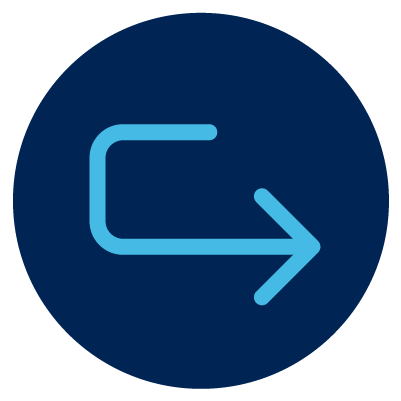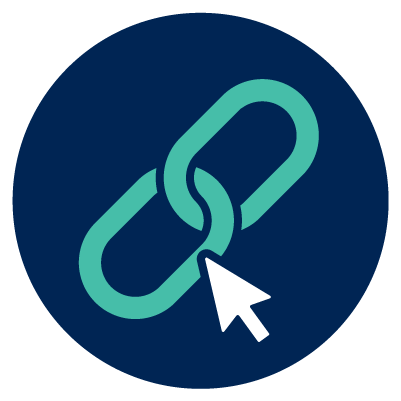Responding to selection criteria
Many job advertisements will list some requirements you need to write responses to. These can be called ‘selection criteria’, ‘prerequisites’ or ‘general requirements’.
What are selection criteria?
Selection criteria relate to the qualifications or knowledge you need to get the job.
For example, the criteria might ask if you have:
- a qualification, such as a certificate or degree
- knowledge of certain software
- a licence to drive a certain kind of vehicle, such as a truck.
The criteria might ask you to show your abilities.
For example, your ability to:
- meet deadlines and prioritise tasks
- communicate well with customers and deal with difficult people
- learn new skills and processes
- show leadership and work as part of a team.
Essential and desirable criteria
In many job advertisements, the selection criteria are broken into ‘essential’ and ‘desirable’ qualities.
- Essential qualities are the ones you must have for the job.
- Desirable qualities are ones you don’t need to have, but may give you a better chance of getting the job.
Even if you think you don’t have some of the desirable qualities, you can still apply for the job.
Tips for writing a good response
Do some research
Research the job requirements before you start your response. If there is anything you’re not sure about, you can contact the employer to ask for more information.
Keep it clear and to the point
Your response should be focused and clear. If the job advertisement gives a word limit, make sure you stick to it. For example, an employer may ask for no more than 100 or 200 words for each criteria. If there is no limit, try to write no more than two or three paragraphs for each criteria response.
Use the STAR method
For each criteria:
- give a specific example of what you did
- give details of how well you did it
- include what happened because of your action.
You can use the STAR method to do this. STAR stands for situation, task, action, result:
-
Situation
– Set the scene for your example, such as where you were working and when it happened.
-
Task
– Describe the task or problem you worked on.
-
Action
– Explain what you did and how you did it.
-
Result
– Explain the outcome from your action.
Here is an example response to a selection criteria ‘Ability to work as part of a team’:
As an Admin Officer in my last job I was part of a team doing reception and administrative duties. The reception would become very busy in the mornings. This was sometimes confusing for customers and staff. I worked together with my co-workers to create a roster for answering the phones and helping customers walking in. I did both duties at different times and also filled in for other team members. This resulted in shorter wait times and a better experience for our customers. It also helped create a clearer system for team members.
Talking about your disability in a response
It is your choice whether to mention your disability in your job application. If you choose to mention it, you might do so as part of a response to one of the selection criteria. This can be an opportunity to show your unique strengths and skills.
Here is an example response to a selection criteria 'Demonstrated ability to learn new skills and adapt to change':
In my receptionist role I was responsible for taking and managing customer bookings. When I started in the role, I had to quickly learn how to use complex software that I had not used before.
In the first 2 weeks of the job I was able to become confident using the system. I also have low vision, so I am used to adapting and learning different ways to work. For example, as well as learning the new software, I had to learn how to use it with speech-to-text technology when I needed it. As a result, I had a detailed knowledge of the system. After 3 months in the role I was asked to help train new team members. I was also able to give advice to the business to help set up all software so it was more accessible to everyone on the team.
For tips at the interview stage, visit Talking about your disability at an interview.
Final checks
Always review and edit your application so you are presenting the most professional version of yourself.
Make sure you:
- format your document the way the job advertisement asks
- check over your responses
- ask a friend, family member or Inclusive Employment Australia provider to also check for any spelling mistakes or other errors
- save your responses. You might need to refer to them at the interview for the job. Or you might be able to use them for future job applications.
Useful Downloads
Related pages
Last updated:
Responding to selection criteria

You need to have the right skills and experience to do some jobs.
When you apply for a job, you might need to answer questions about what you can do.
Selection criteria
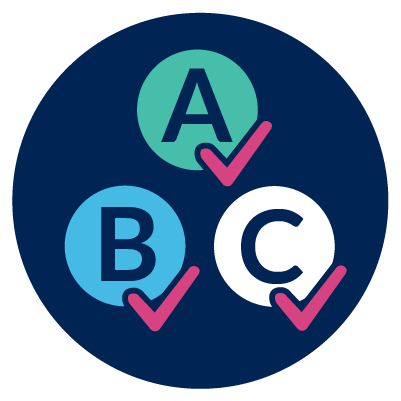
When you apply for a job, you might need to show you fit their Selection criteria are things a business wants from a person they want to hire.

Selection criteria might include:
- a degree from a University or TAFE
- experience with a computer program
- a type of driver’s license – like for a truck.

The An employer hires people to work for them. might ask you questions about how you can do parts of the job.
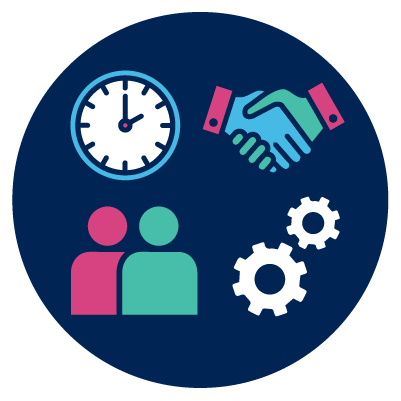
They might ask about how you:
- finish your work on time
- get along with other people
- learn new skills when the work changes
- work in a team.

They might also ask how you can be a leader.
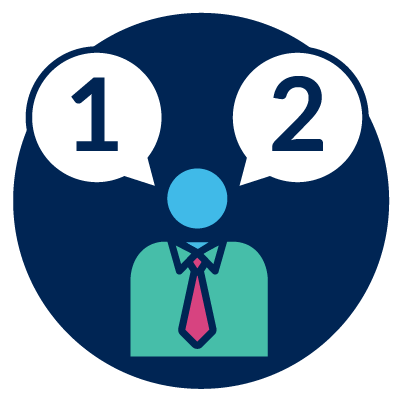
Sometimes selection criteria is in 2 parts.
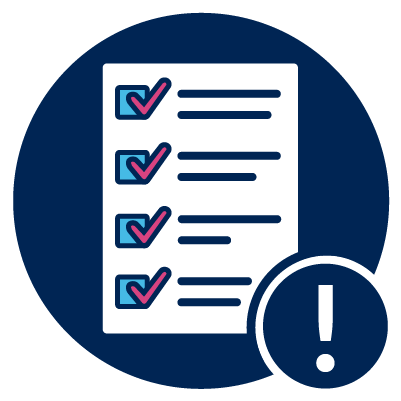
One part of the selection criteria tells you what you must be able to do if you want the job.
You can’t do the work without these things.
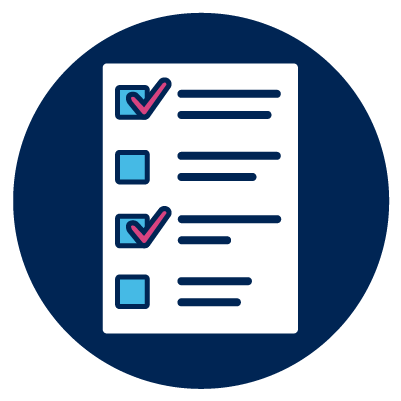
The other part of the selection criteria tells you other things the employer wants from you.
But you can still do the job without them.
Tips for answering the selection criteria
Research the selection criteria
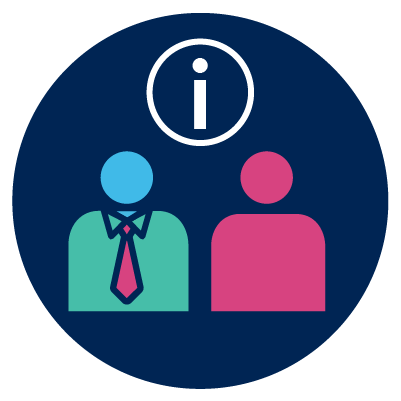
You should find out what the selection criteria means before you start your answer.
If you see something you don’t understand, you can contact the employer for more information.
Make your answers clear
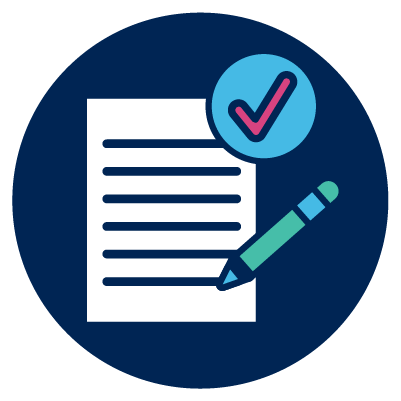
Your answers should be easy to understand.
You should make sure your answers tell the employer what they want to know.
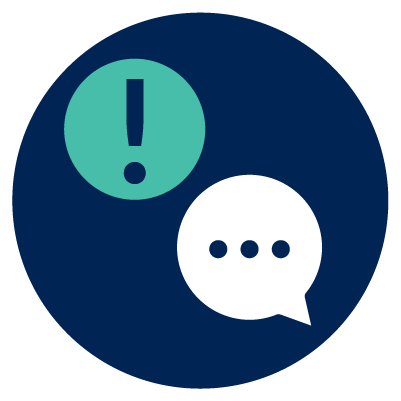
Only include information that:
- is important
- the employer asked for.
Use examples
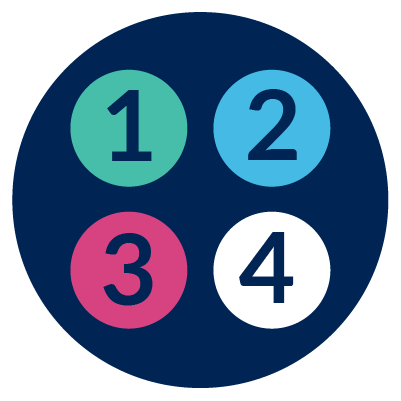
You should use examples to answer the selection criteria.
There are 4 things to think about for each example you give.

1. Tell the employer about where your example happened.
This includes:
- where you were working
- when it happened.
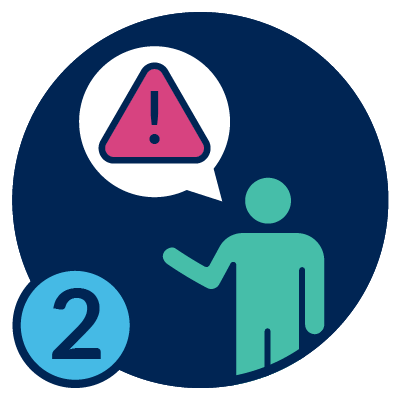
2. Explain the challenge you had to face.
For example, if:
- you had a lot of work to do
- something went wrong.
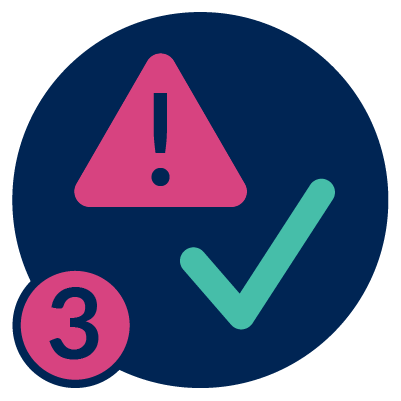
3. Share what you did about the challenge.
For example, if you:
- found a better way to do your work
- fixed a problem.
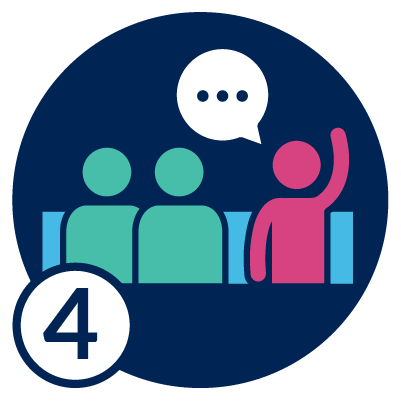
4. Tell the employer what happened because of what you did.
For example, if you:
- showed other people how to do things your way
- helped people with a problem.
Example of an answer

Below is an example of how to answer a selection criteria.
The employer wants to know about your ‘Ability to work as part of a team’.
My ability to work as part of a team
At my last job I worked in a reception office.
There were often a lot of customers in the morning.
Sometimes it was hard to know what to do.
I worked with other staff to make a plan about who would:
- answer the phone
- help customers when they arrive.
I did both jobs at different times.
The plan helped everyone know what to do.
Because of this plan we could work faster and our customers had a better experience.
How to include your disability when you respond
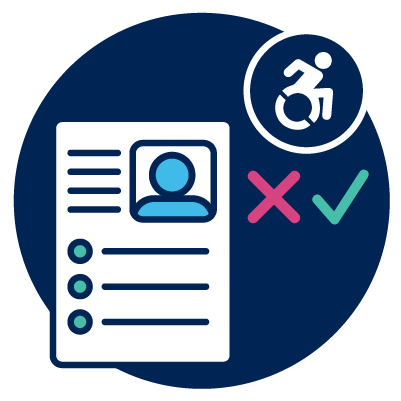
You don’t have to include your disability in your job application.
But you can share it if you want to.
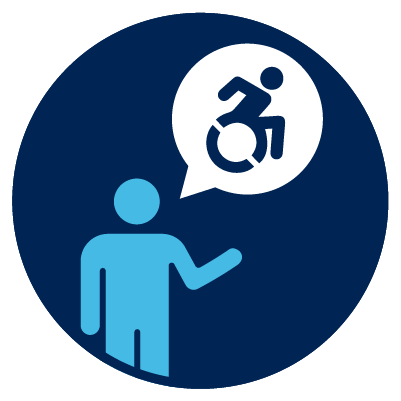
You might want to share your disability in the selection criteria.
This can give you a chance to show what you can do.
Example of an answer

This is an example of how to answer a selection criteria.
The employer wants to know about a time when you ‘Demonstrated your ability to learn new skills and adapt to change’.
How I learn new skills and adapt to change
In my last job I worked as a receptionist.
When I started, I had to quickly learn a complex computer program.
In the first 2 weeks I became comfortable with the program.
I also have low vision, so I often have to find new ways to learn and work.
For example, I had to learn the new software using speech-to-text technology.
Because of this I learned the program very well.
After 3 months my employer asked me to train new staff.
I was also able to give my employer advice about how to make all computer programs more accessible.
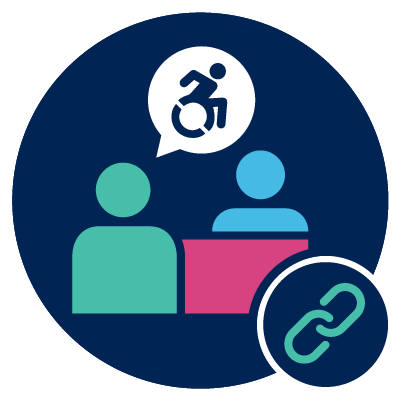
You can find out more about what to say in an interview on our page about Talking about your disability at an interview.
Check your application
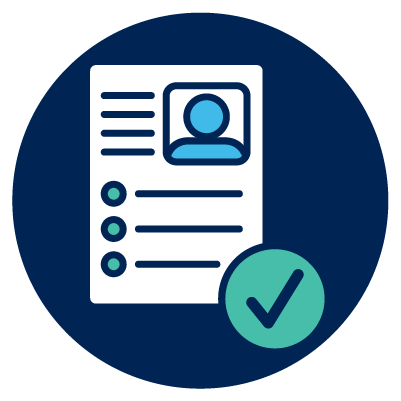
Always check your application before you share it with an employer.
You want to make sure you are showing them the best you can do.
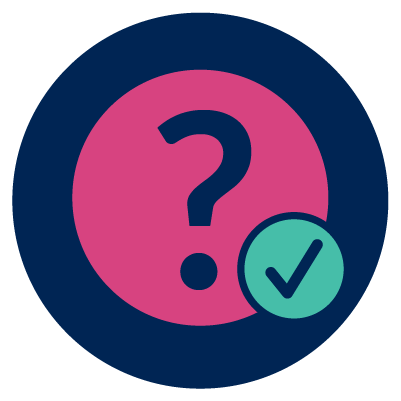
You should make sure your application:
- is set up the right way
- answers the selection criteria.
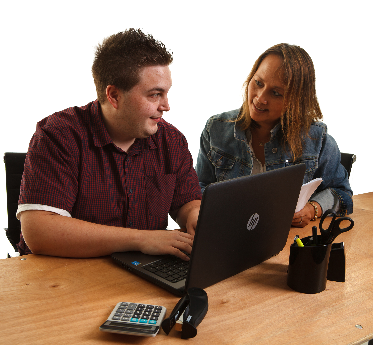
You can ask someone to check it for you, like:
- a friend or family member
- an Inclusive Employment Australia helps people with disability find and keep jobs.

It’s a good idea to keep a record of your job application.
You might want to read it again before you go to the interview.
Or you might be able to use it for a different job application.
